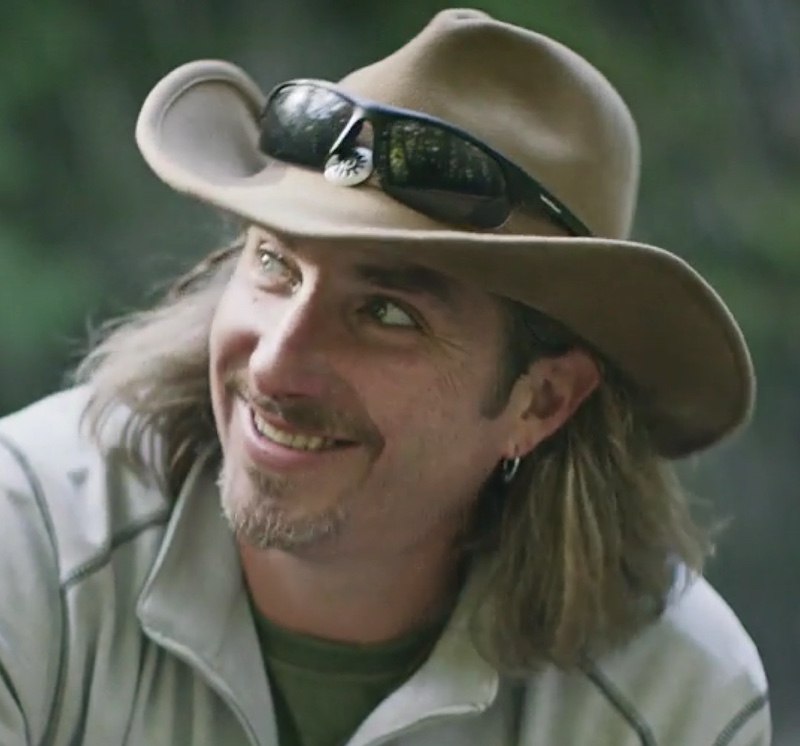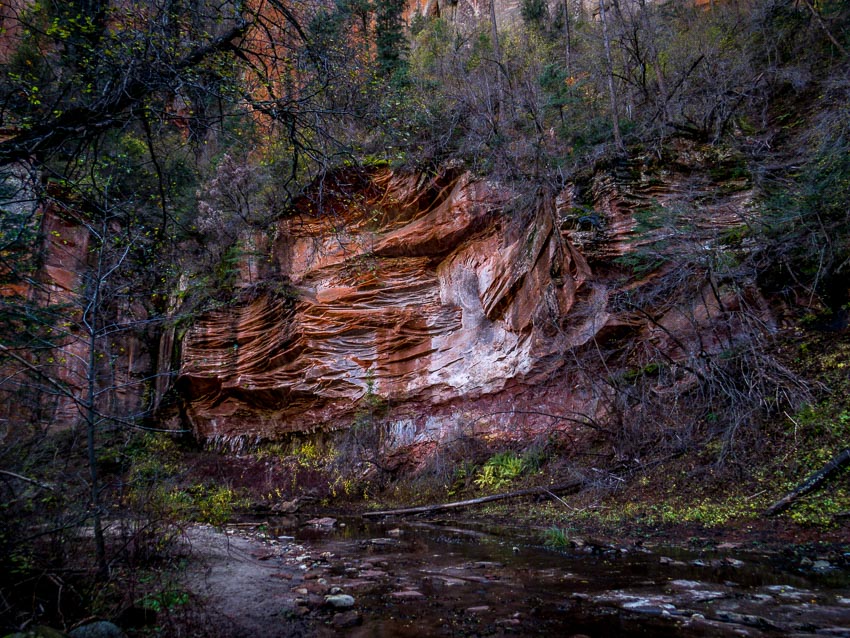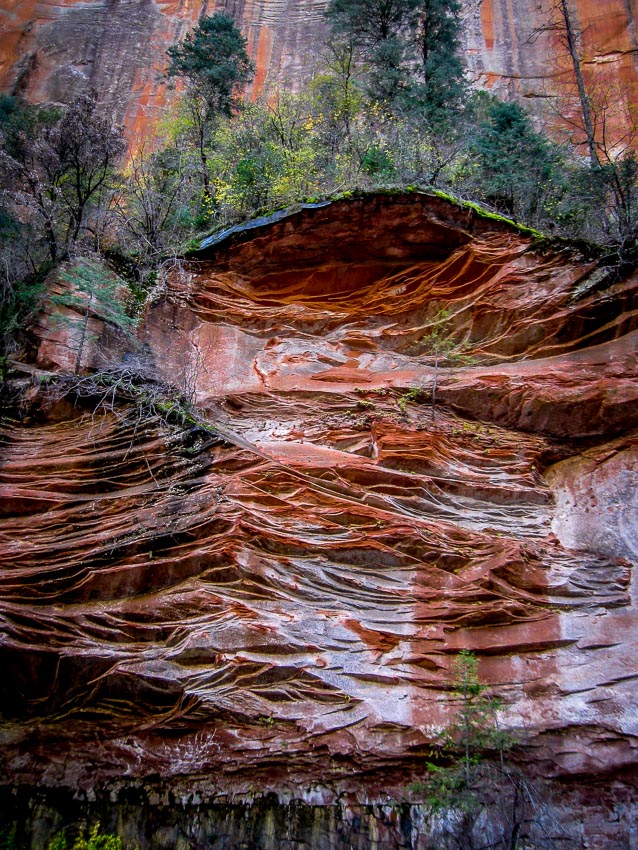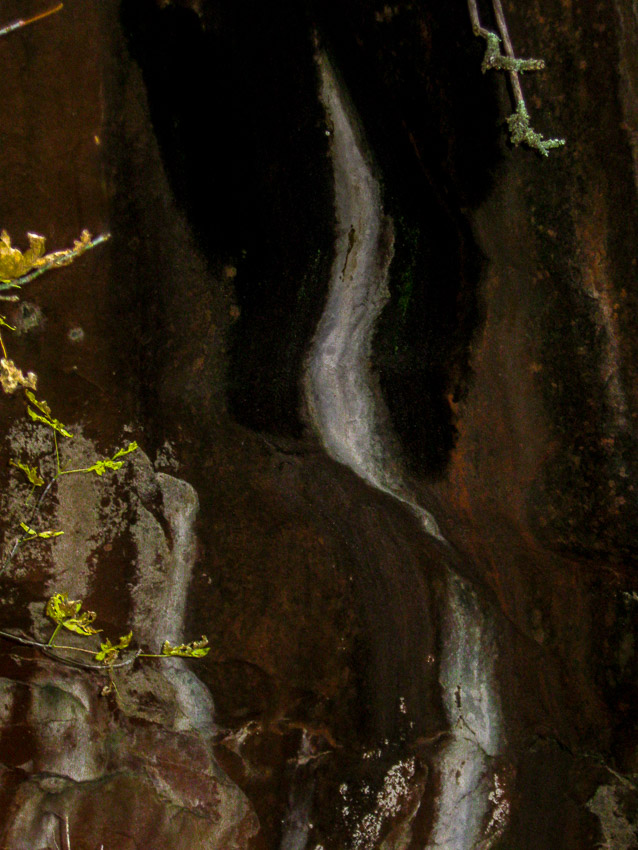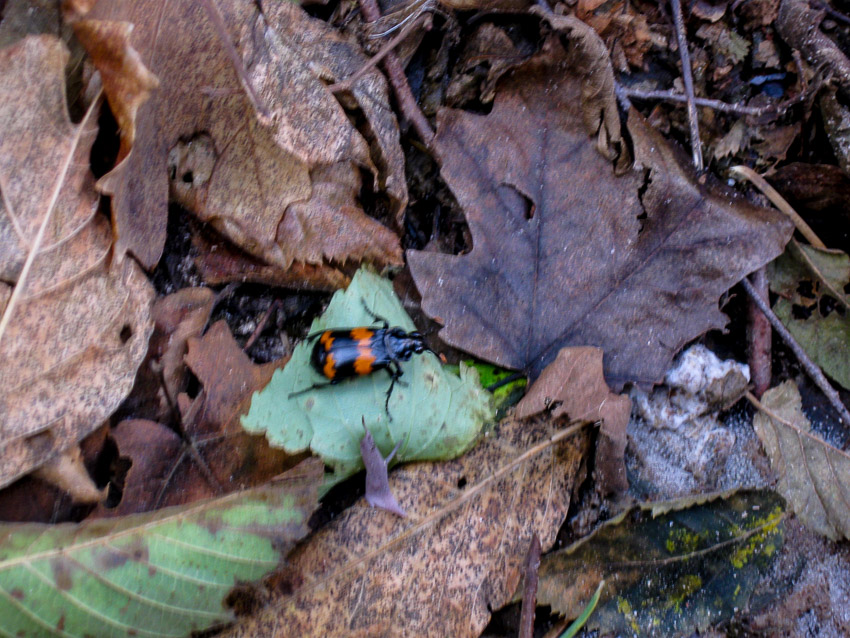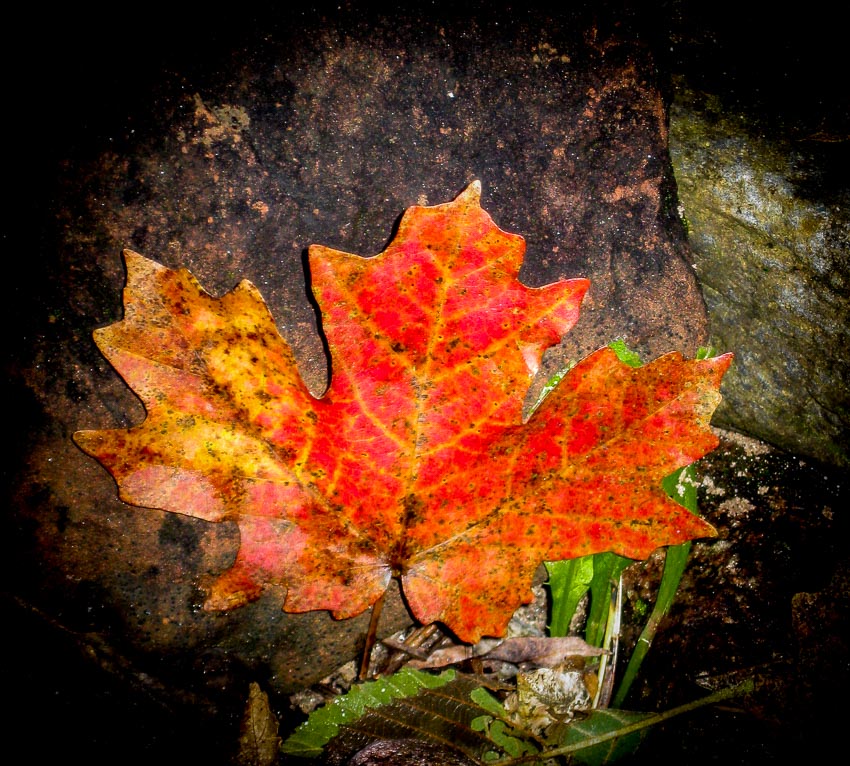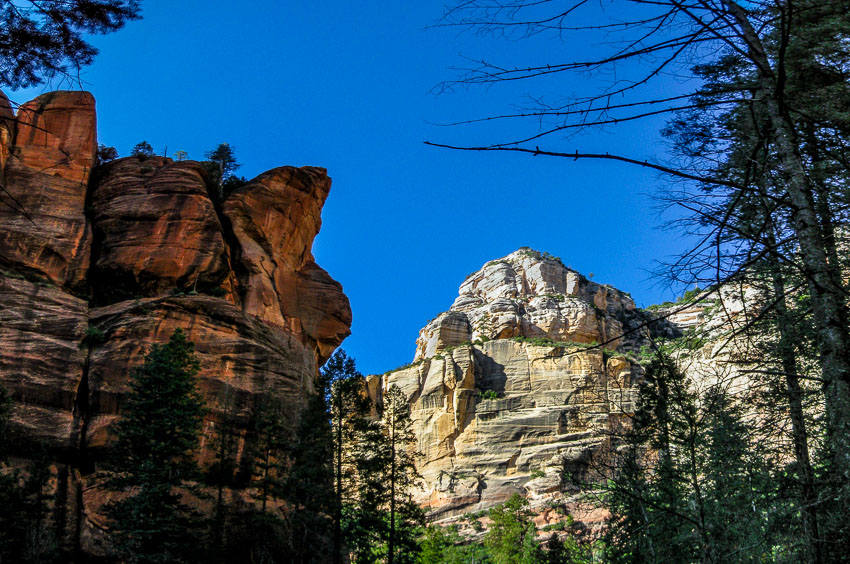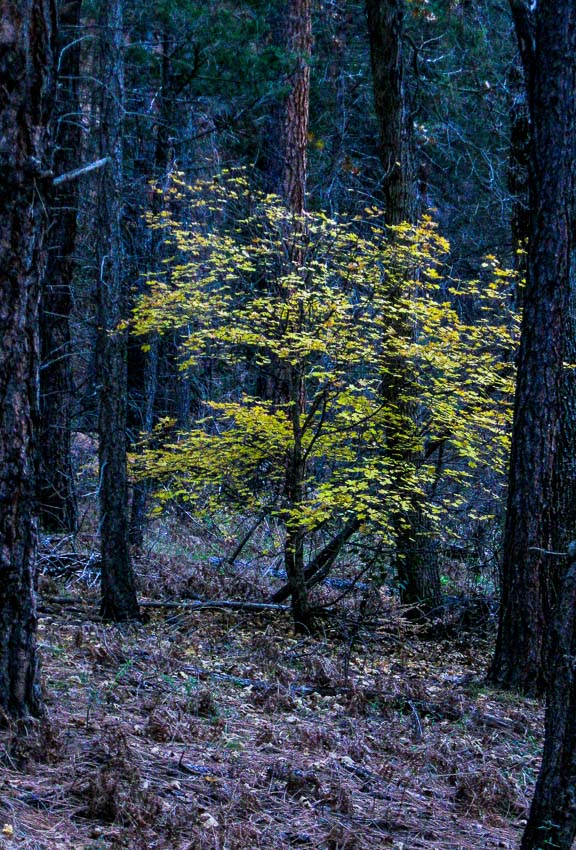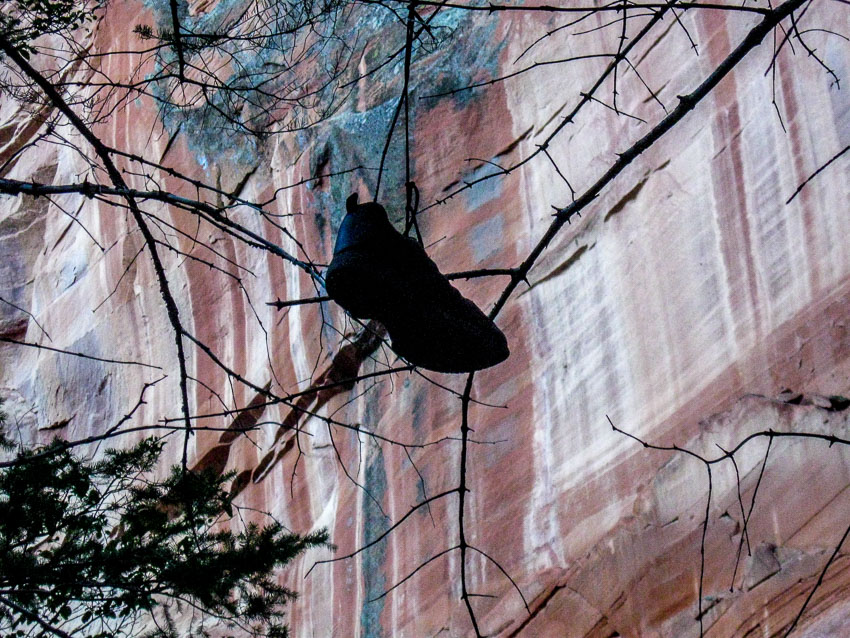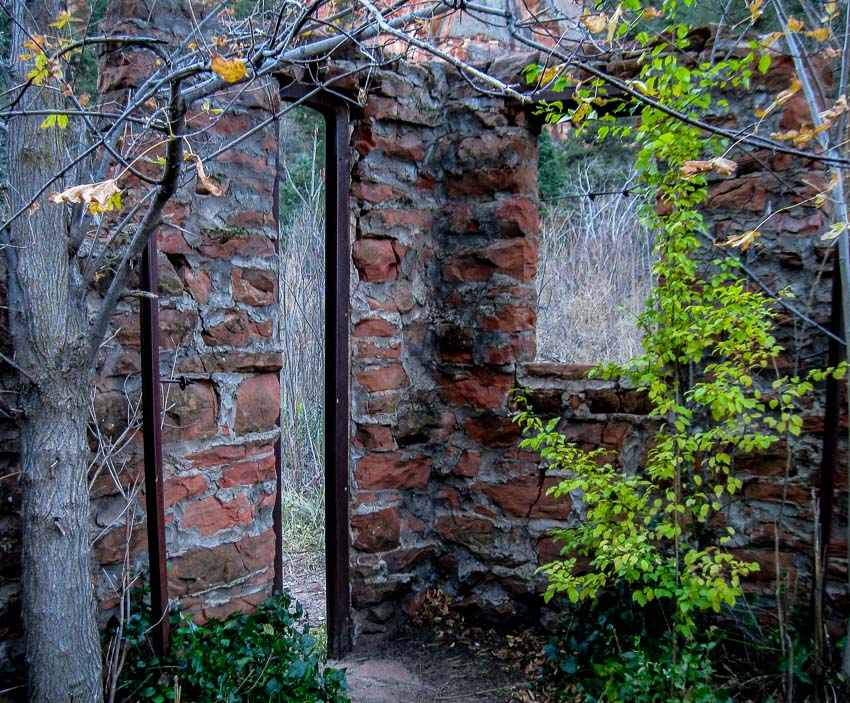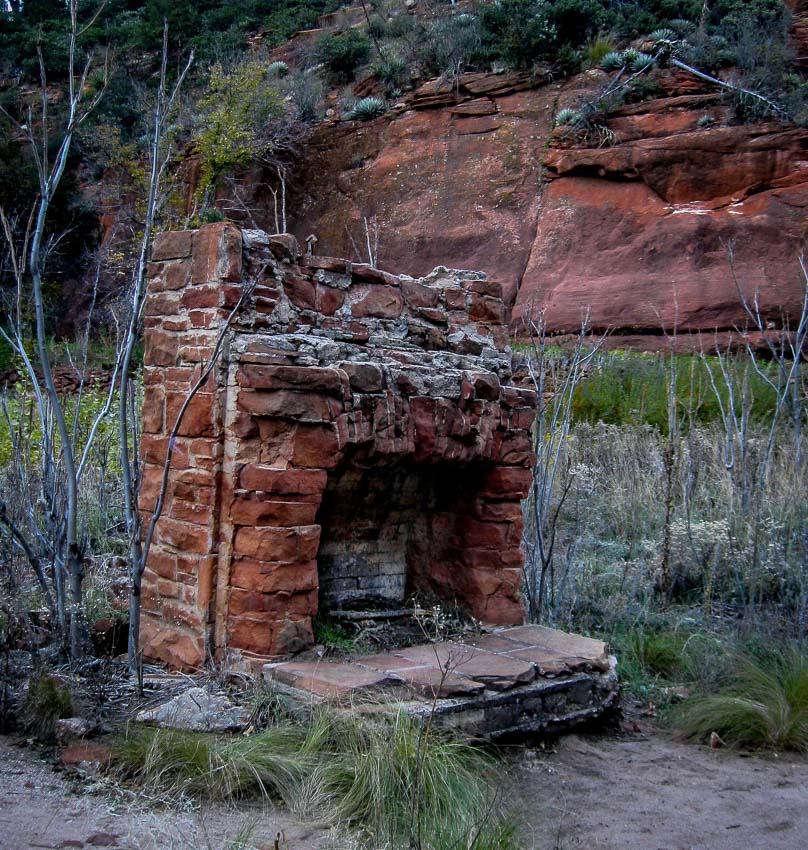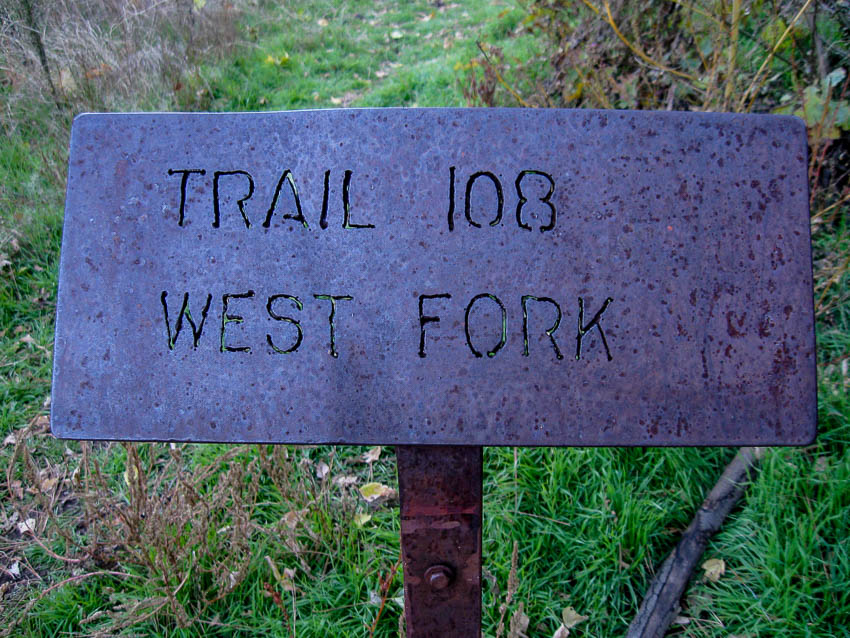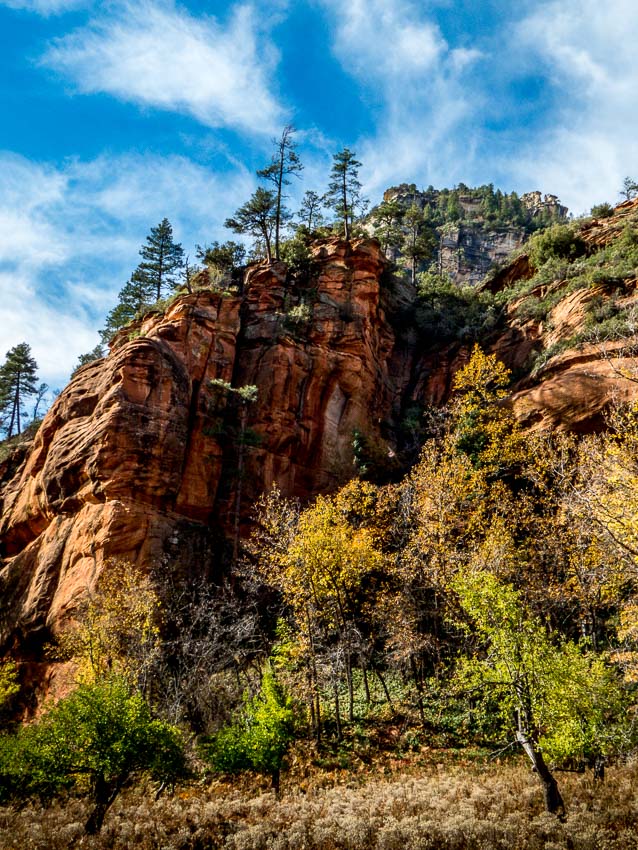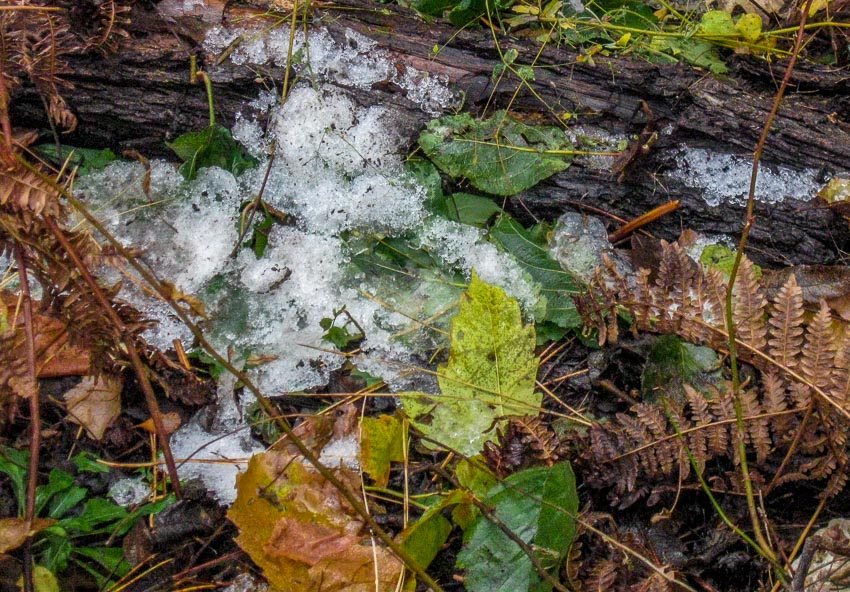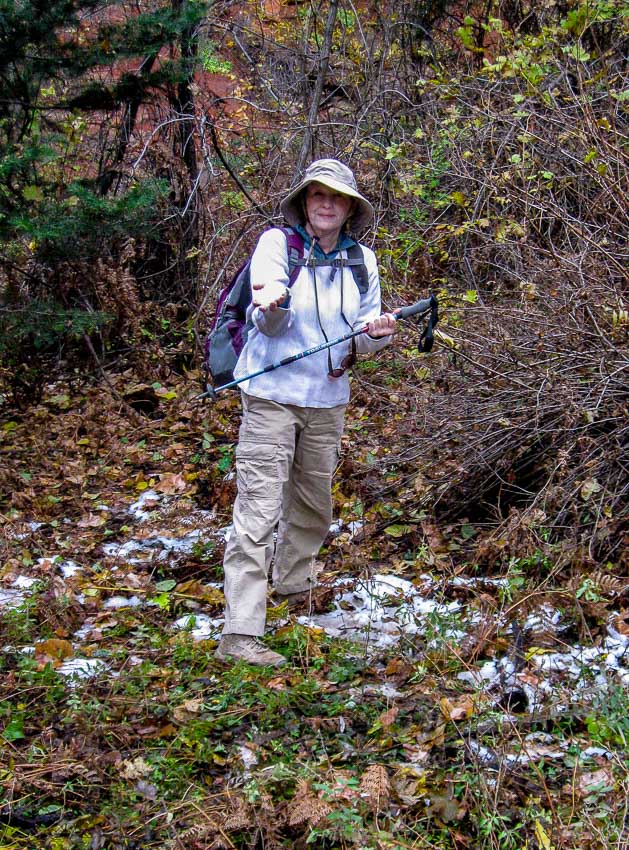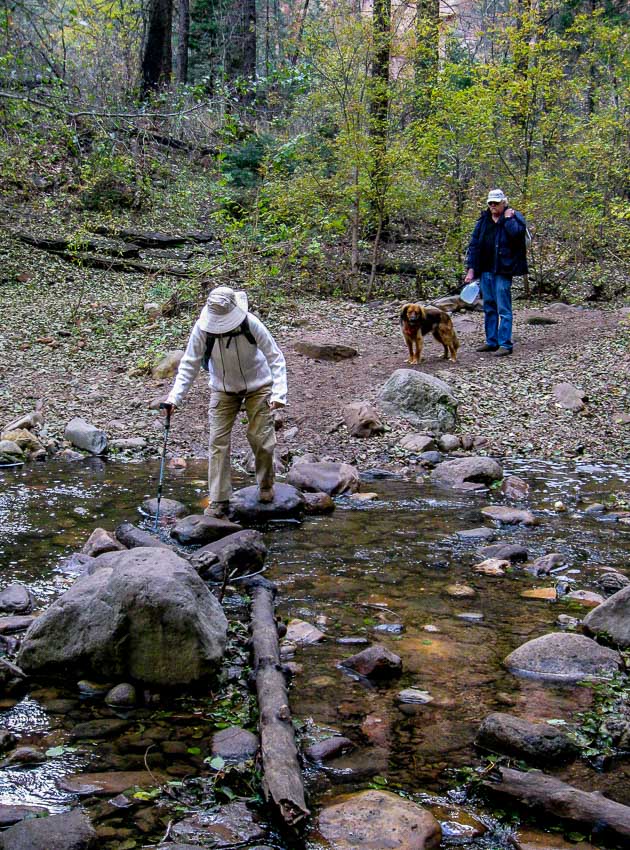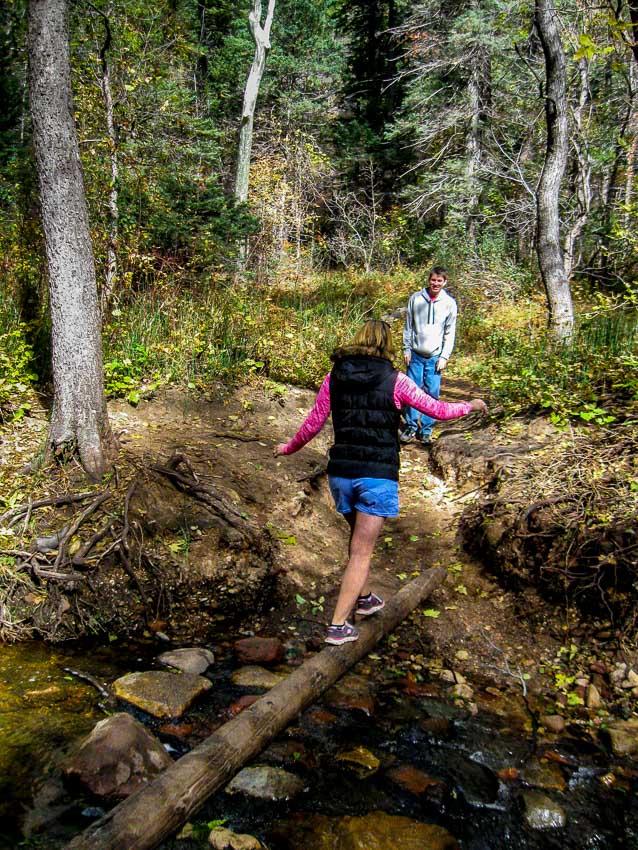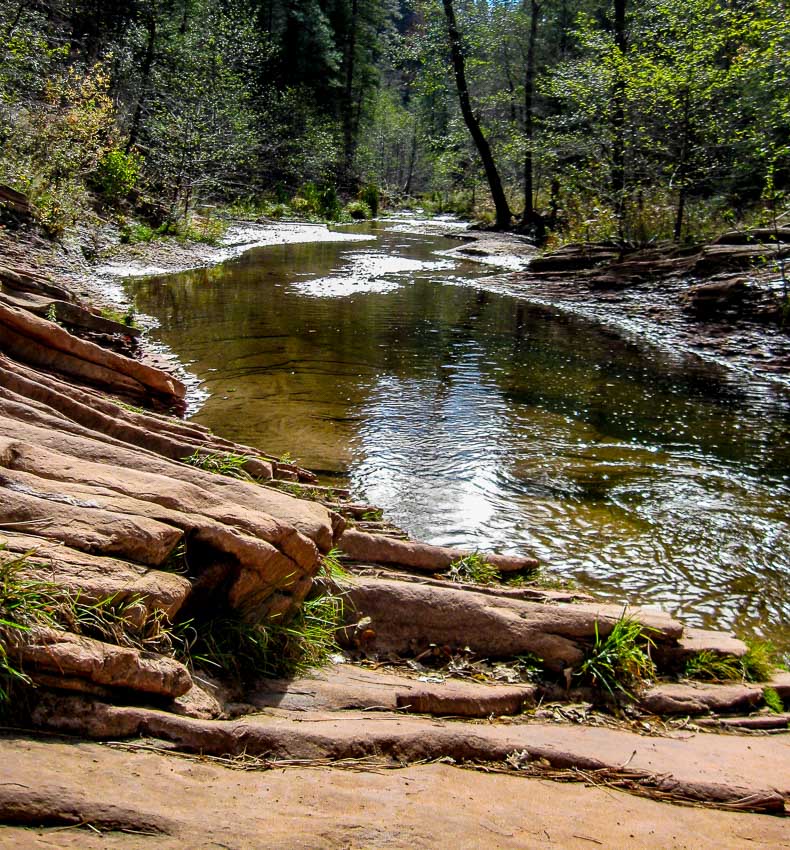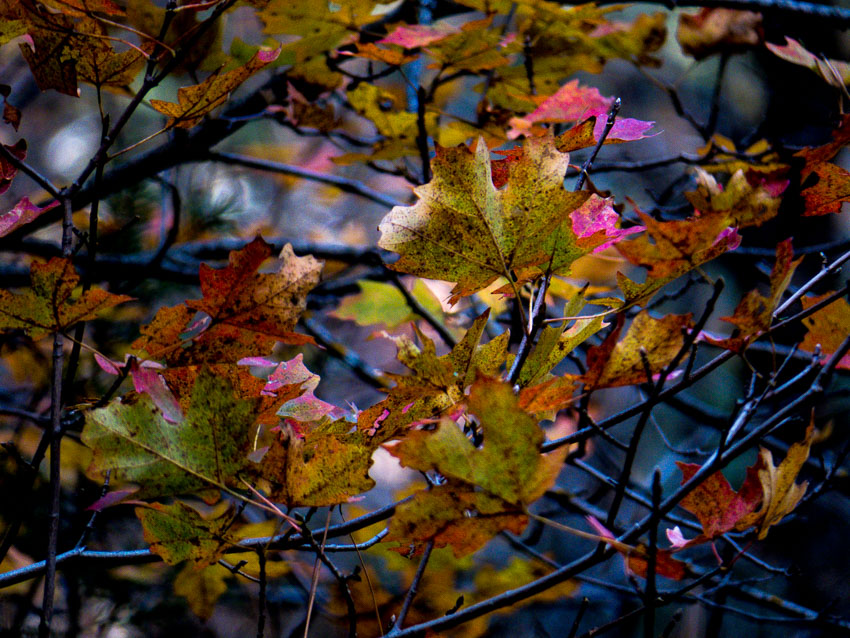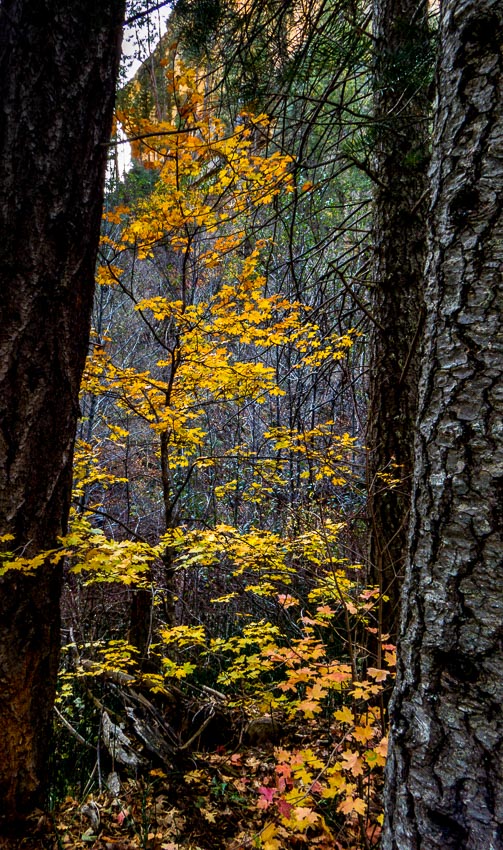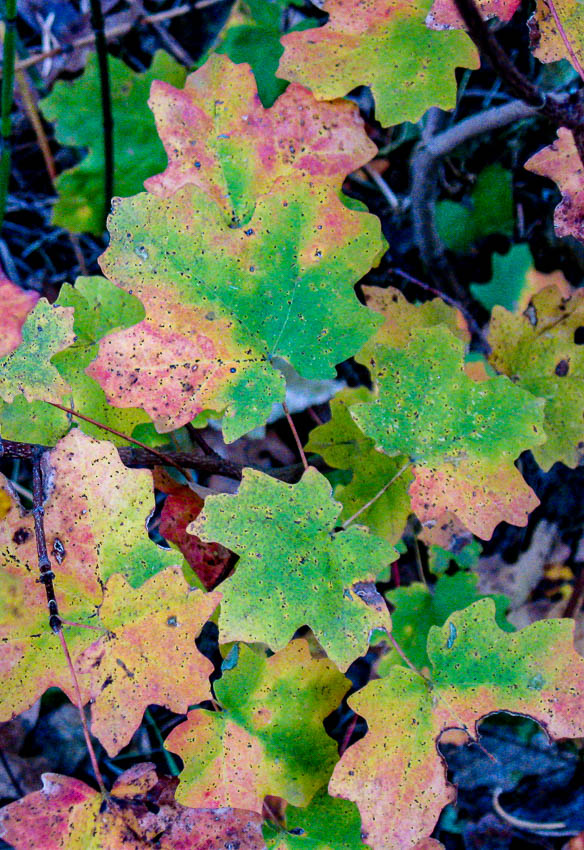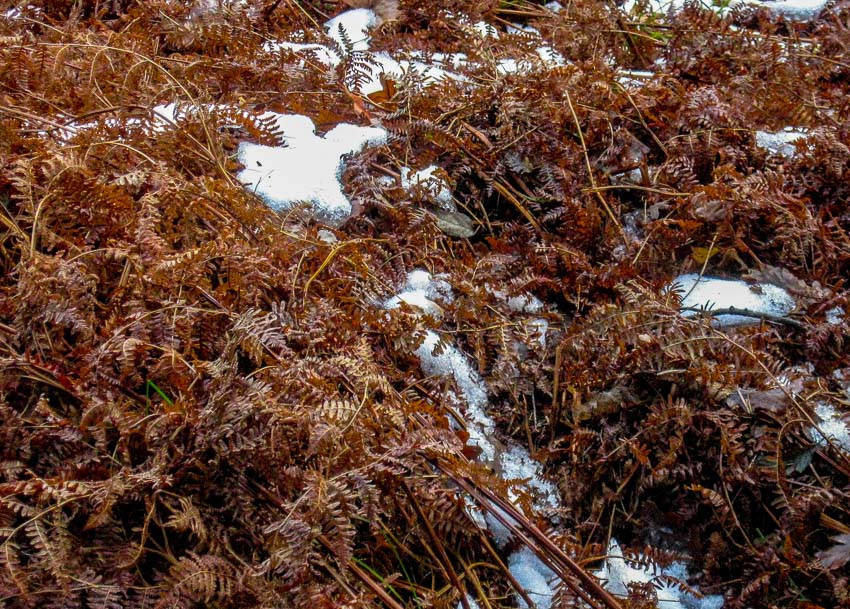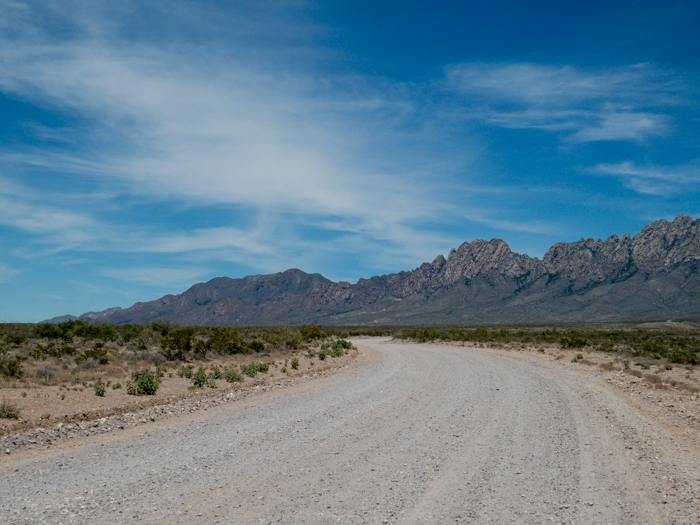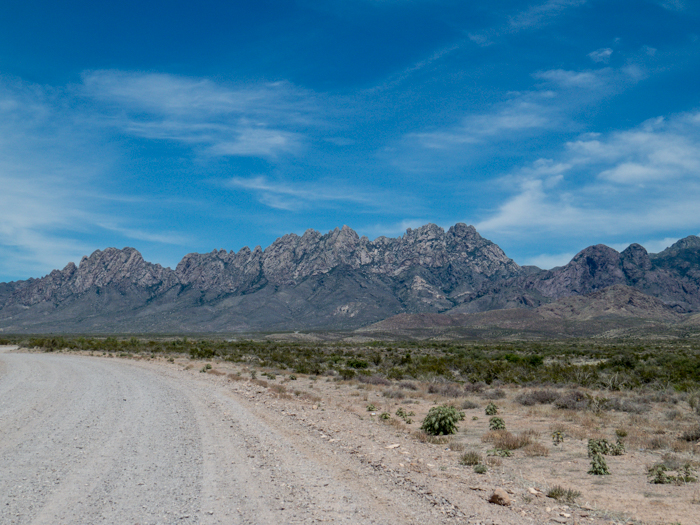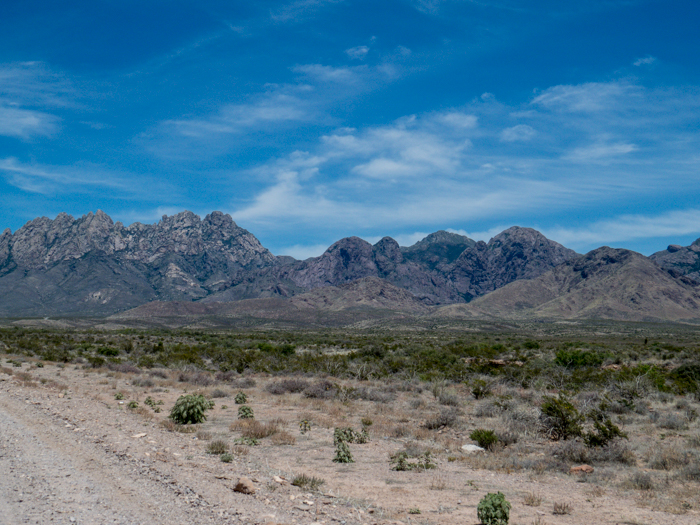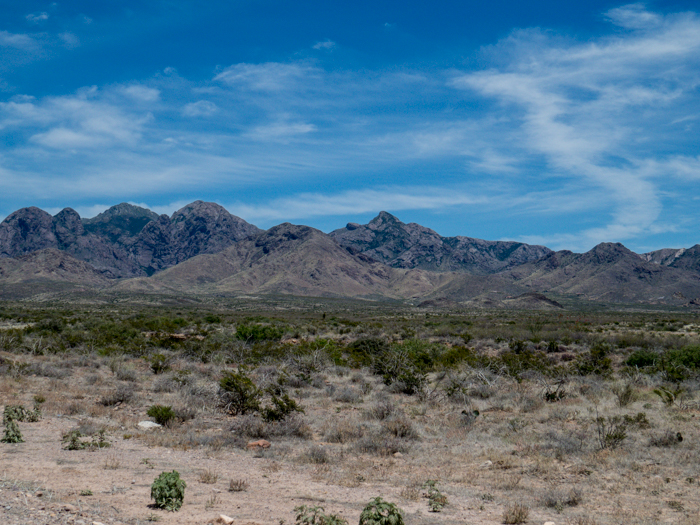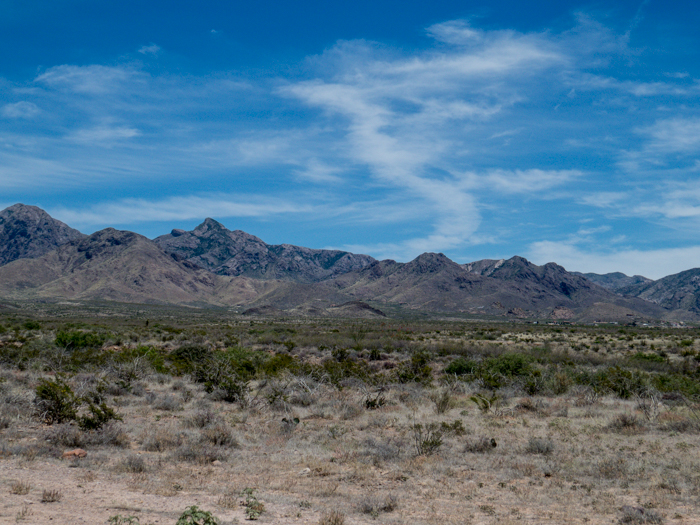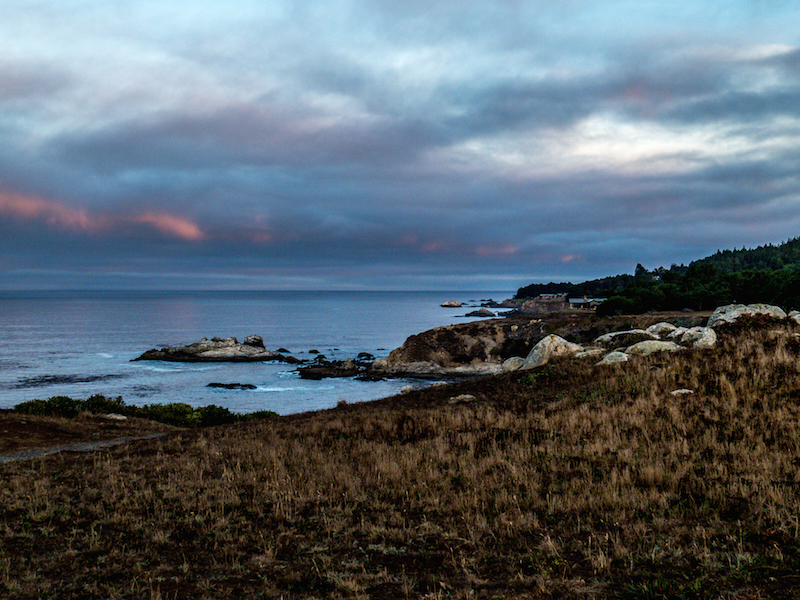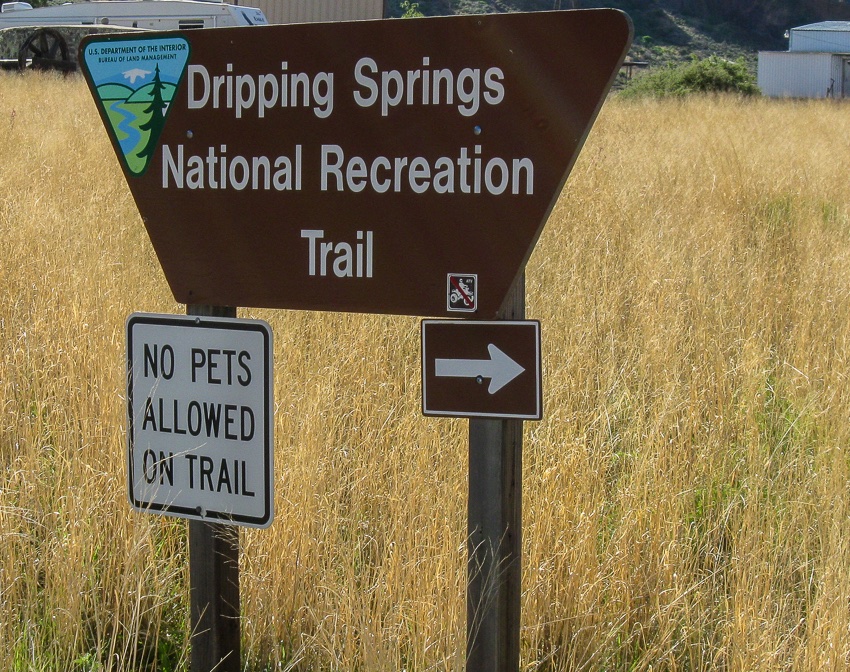
In early May my wife and I visited Las Cruces, New Mexico to hike in the surrounding mountains. One area of focus was the Organ Mountains-Desert Peaks National Monument which received this new federal designation about one year ago.
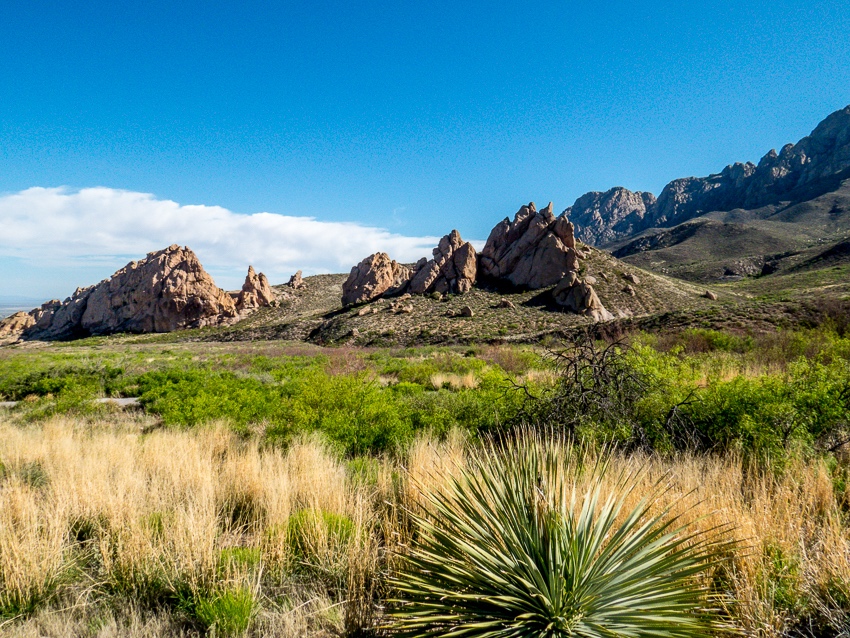
This (pictured above) was one of the first views after leaving the visitor center. Las Cruces is to the left of the picture from this vantage point. We had no idea how well we would come to know these particular hills over the next several days.
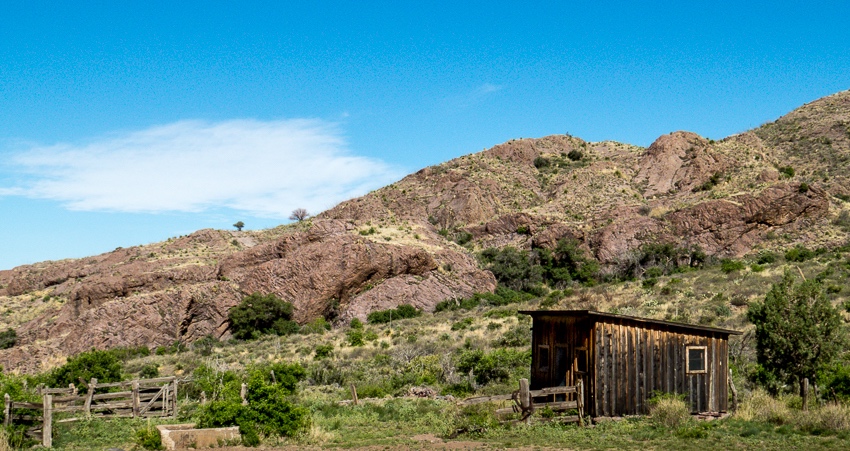
As we made our way toward the springs, wooden buildings that were erected in the late 1800s became visible. The fact that anything remains of them today considering weather, potential vandalism and the ravages of nature is remarkable enough.
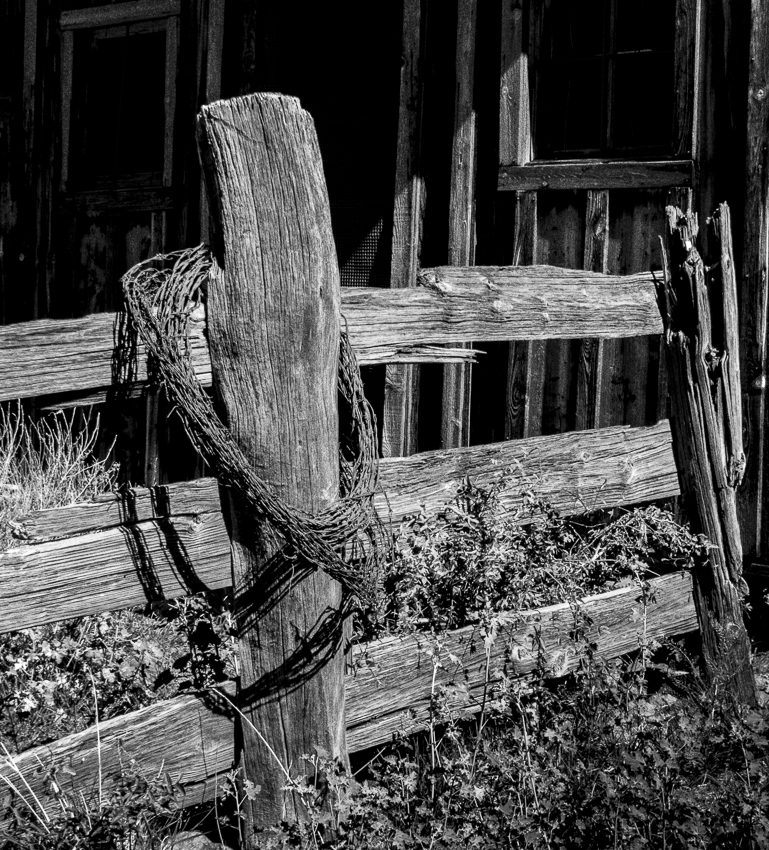
I couldn’t help myself in rendering this section of fence in what I hope is an appropriate black and white setting to pay homage to the past.
The structures were part of Van Patten’s Mountain Camp which included a historic hotel. These wooden buildings served as the stables, chicken coop, etc. for the resort. The hotel operated until the 1920’s. This area is now under the care of the Bureau of Land Management (BLM). The buildings have been stabilized, but remain fragile on site exploration by the public is not permitted.
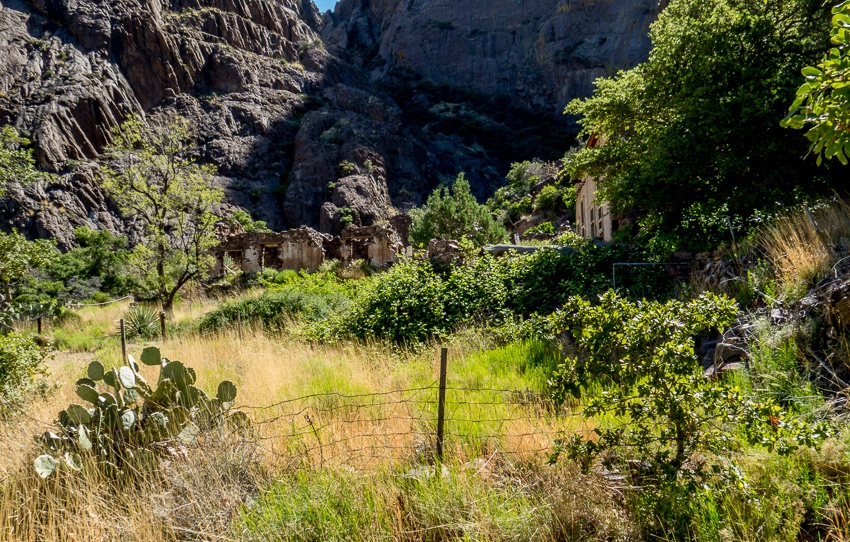
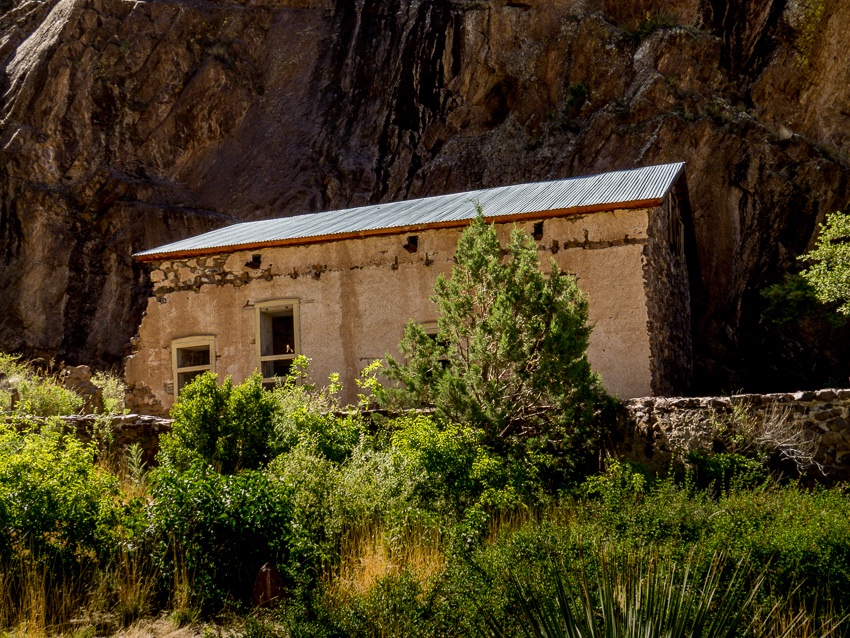
The Mountain Camp hotel was a two-story, 14-room facility with dining and recreation facilities. The rock was harvested from the canyon and used to build the hotel. The resort was popular enough that in 1906, 18 more rooms were added.
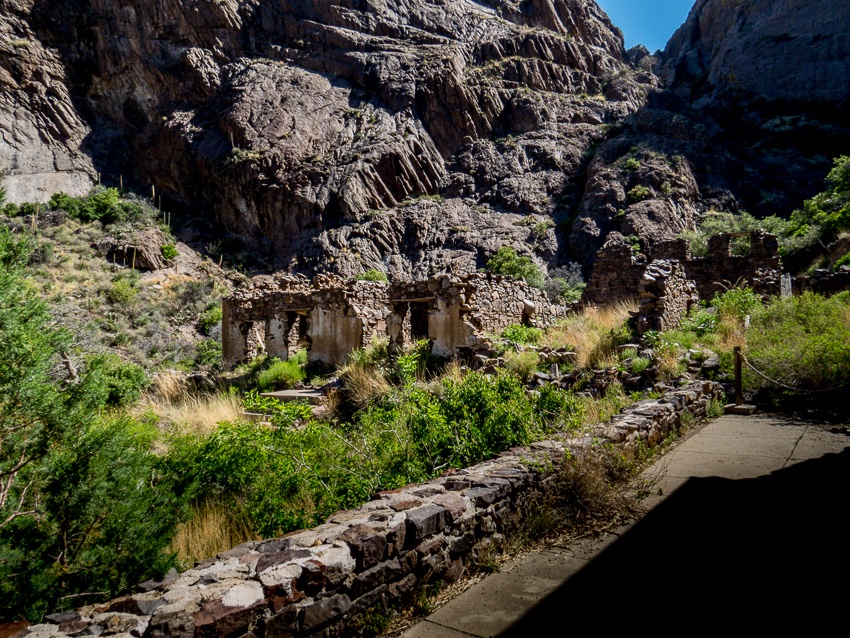
This is a view from the porch of what was most likely the main building.
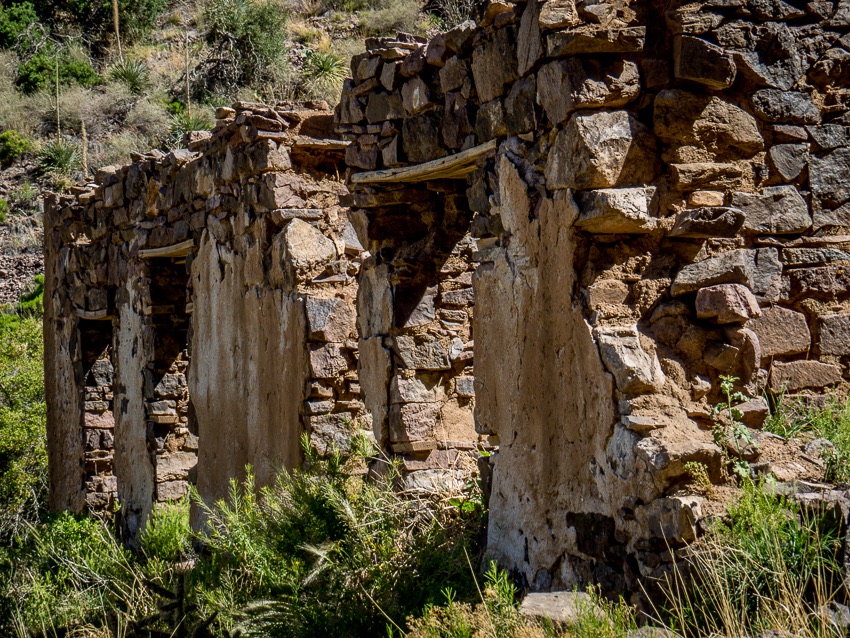
This is a closer view of the stabilized, but still precarious rock and mud walls of the hotel.
The resort was sold in 1915 to Dr. Nathan Boyd, a native of Illinois, who used it as a tuberculosis sanatorium. The property underwent a series of sales subsequently and in 1988 came under the jurisdiction of the BLM.
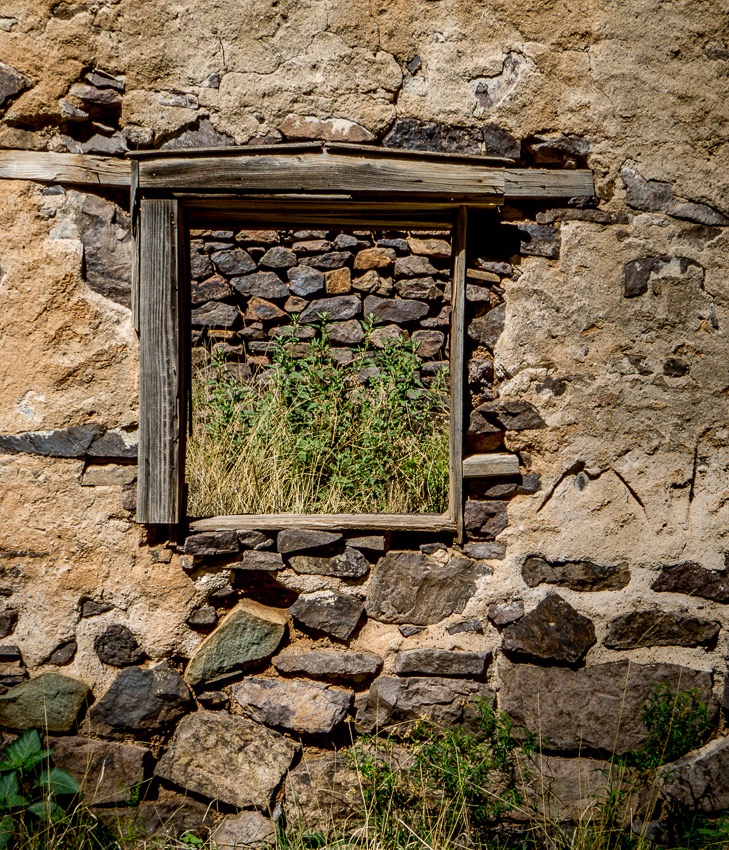
ABOVE – Looking through the frame of what once was a window, we can see how time and nature are reclaiming the land as grass and weeds are now growing in a former interior space.
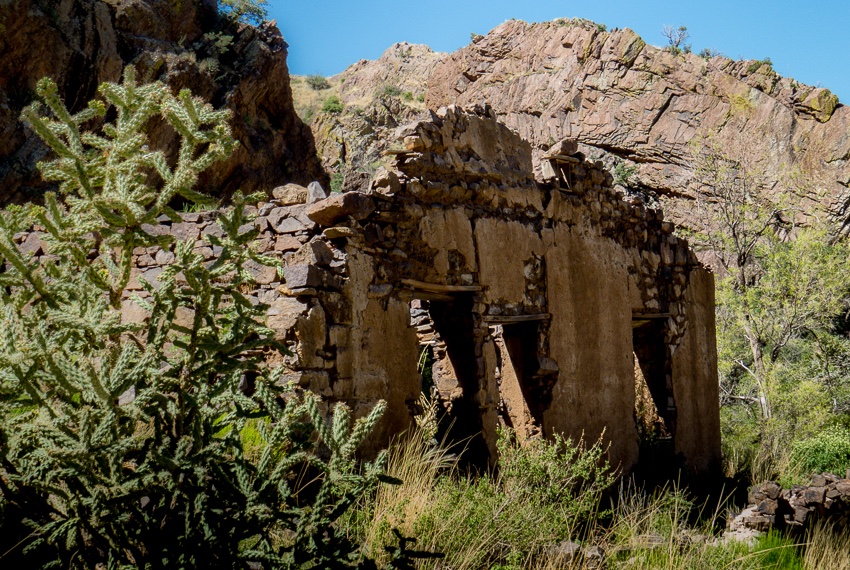
These relics of the past stand as sentinels of yesteryear while they sadly greet modern hikers and nature lovers.
Below is a picture of the “dripping spring” which was running this day and threw off a fine mist as we approached the man-made rock wall which I suspect served as a type of dam.
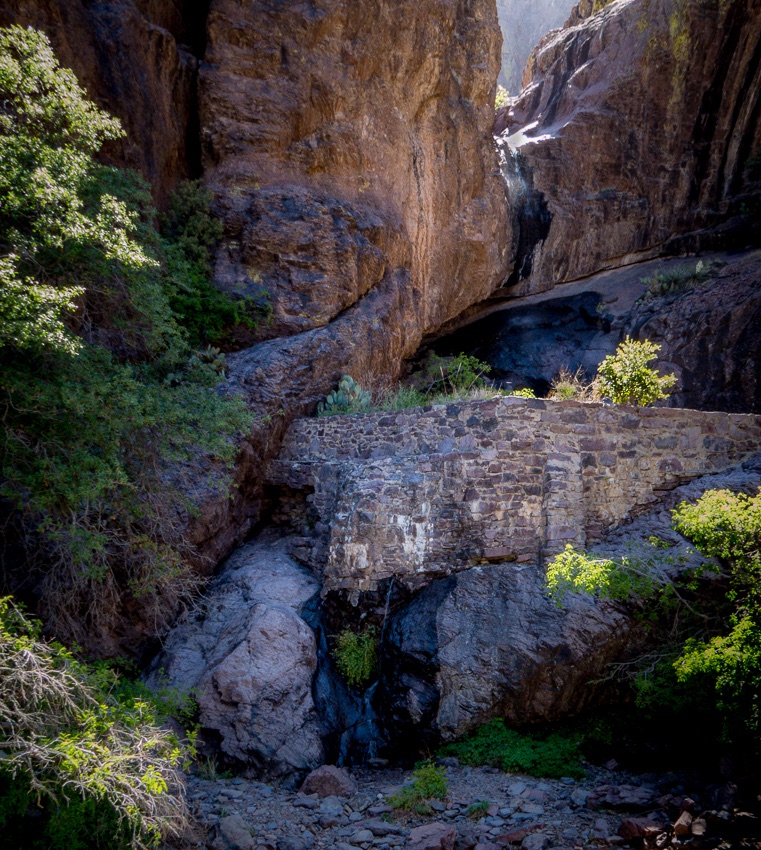
As we retraced our steps down the mountain trail towards the visitor center, we passed the stables again and I was drawn to this old fence post with rusted, yet quite functional bolts. If only it could talk!
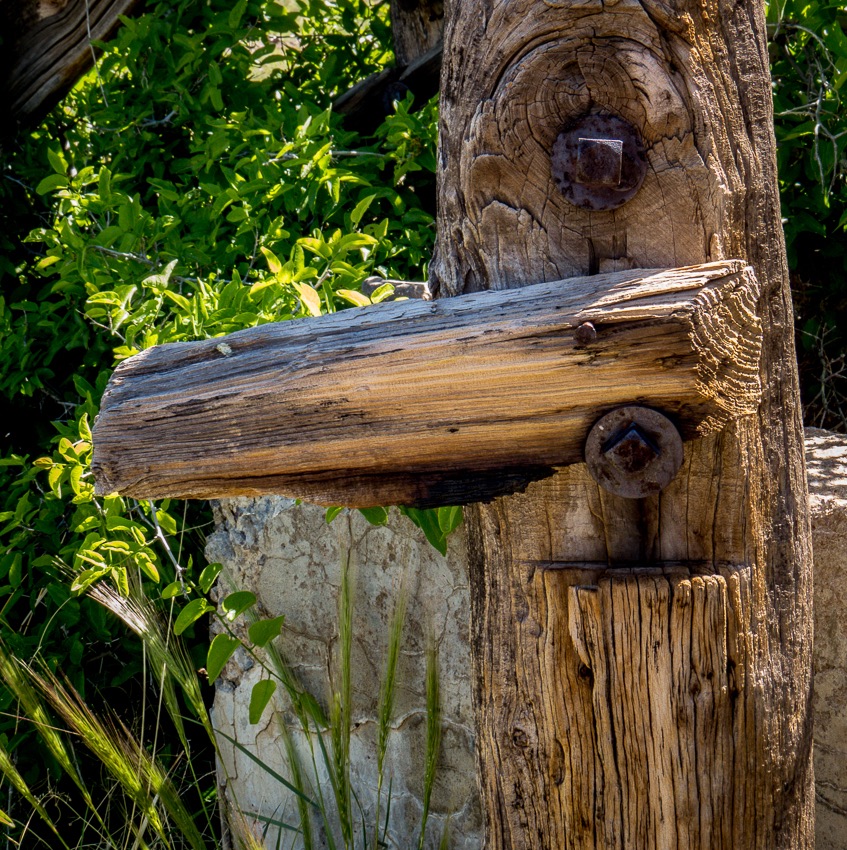
We were treated to this vista of Las Cruces from near the junction of the Dripping Springs trail and the connecting path to Fillmore Canyon.
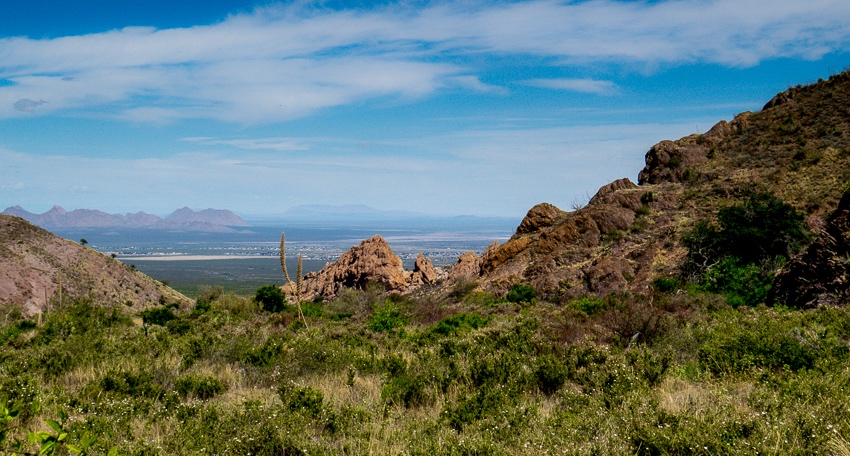
More of the New Mexico adventure will follow…
Learn more on your own:
Dripping Springs Natural Area – BLM
Las Cruces Off The Beaten Path
